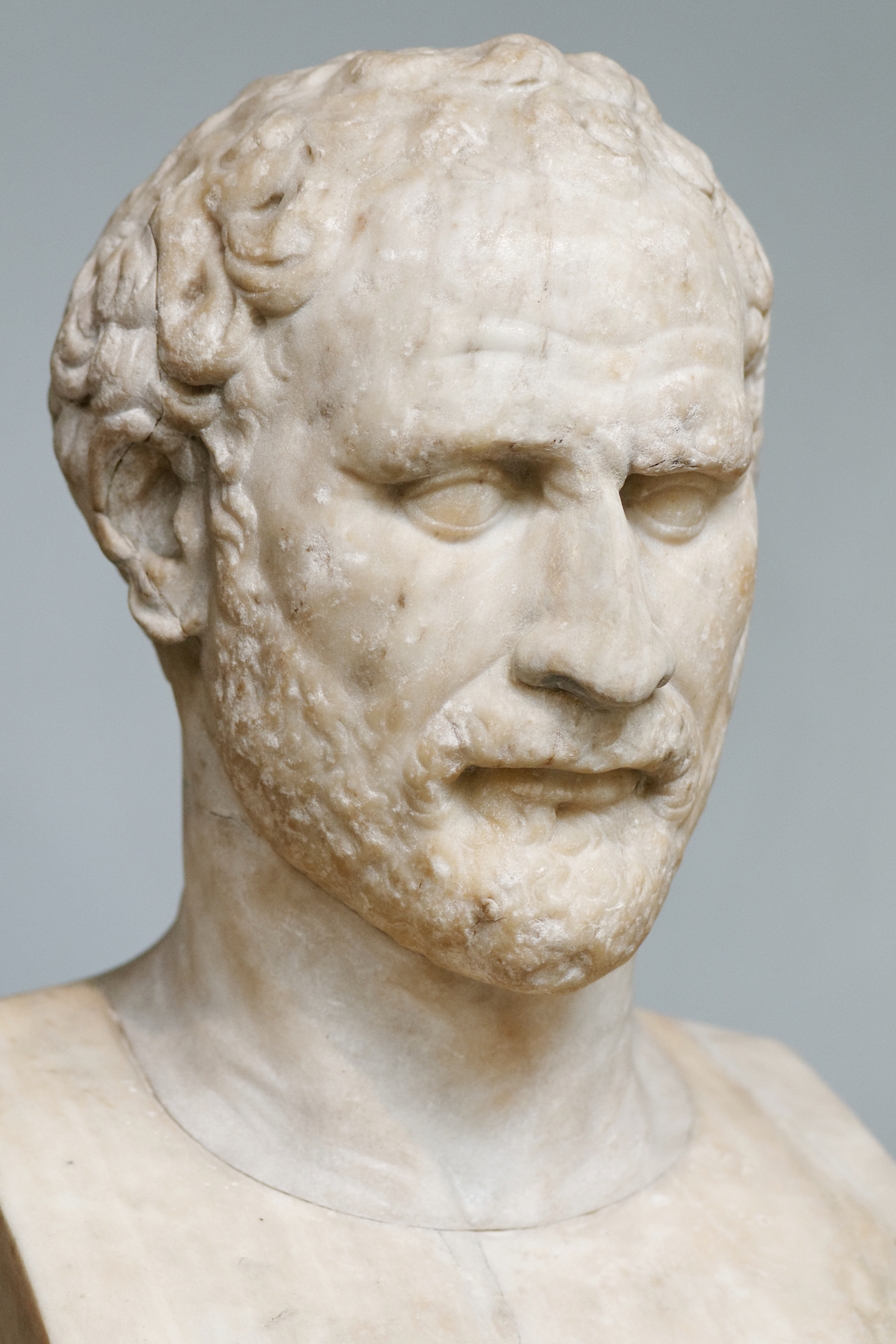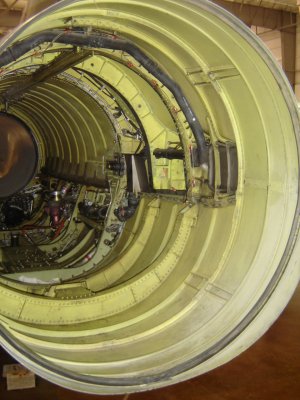|
Prospalta (deme)
Prospalta ( grc, Πρόσπαλτα) was a deme of ancient Attica in the ''phyle'' Acamantis. It lay in the interior, between Zoster and Potamus. Its site is located northwest of modern Kalyvia Thorikou Kalyvia Thorikou ( el, Καλύβια Θορικού) is a town and a former municipality in East Attica, Greece. Since the 2011 local government reform it is part of the municipality Saronikos, of which it is the seat and a municipal unit. The m .... References Populated places in ancient Attica Former populated places in Greece Demoi {{AncientAttica-geo-stub ... [...More Info...] [...Related Items...] OR: [Wikipedia] [Google] [Baidu] |
Deme
In Ancient Greece, a deme or ( grc, δῆμος, plural: demoi, δημοι) was a suburb or a subdivision of Classical Athens, Athens and other city-states. Demes as simple subdivisions of land in the countryside seem to have existed in the 6th century BC and earlier, but did not acquire particular significance until the reforms of Cleisthenes in 508 BC. In those reforms, enrollment in the citizen-lists of a deme became the requirement for citizenship; prior to that time, citizenship had been based on membership in a phratry, or family group. At this same time, demes were established in the main city of Athens itself, where they had not previously existed; in all, at the end of Cleisthenes' reforms, Classical Athens, Athens was divided into 139 demes, to which one can be added Berenikidai (established in 224/223 BC), Apollonieis (201/200 BC), and Antinoeis (added in 126/127). The establishment of demes as the fundamental units of the state weakened the ''genos, gene'', or aristo ... [...More Info...] [...Related Items...] OR: [Wikipedia] [Google] [Baidu] |
Phyle
''Phyle'' ( gr, φυλή, phulē, "tribe, clan"; pl. ''phylai'', φυλαί; derived from ancient Greek φύεσθαι "to descend, to originate") is an ancient Greek term for tribe or clan. Members of the same ''phyle'' were known as ''symphyletai'' ( gr, συμφυλέται), literally: ''fellow tribesmen''. They were usually ruled by a ''basileus''. Some of them can be classified by their geographic location: the Geleontes, the Argadeis, the Hopletes, and the Agikoreis, in Ionia; the Hylleans, the Pamphyles, the Dymanes, in the Dorian region. Attic tribes The best-attested new system was that created by Cleisthenes for Attica in or just after 508 BC. The landscape was regarded as comprising three zones: urban ('' asty''), coastal (''paralia'') and inland ('' mesogeia''). Each zone was split into ten sections called '' trittyes'' ('thirdings'), to each of which were assigned between one and ten of the 139 existing settlements, villages or town-quarters, which were henceforth ... [...More Info...] [...Related Items...] OR: [Wikipedia] [Google] [Baidu] |
Acamantis
Acamantis ( el, Ακαμαντίς) was one of the phylai (tribes) of classical Athens, created during the reforms of Cleisthenes. It was named after the legendary hero Acamas, and included the demes of Cholargos, Eiresidai, Hermos, Iphistiadai, Kerameis, Kephale, Poros, Thorikos, Eitea, Hagnous, Kikynna, Prospalta and Sphettos. Pericles Pericles (; grc-gre, wikt:Περικλῆς, Περικλῆς; c. 495 – 429 BC) was a Greeks, Greek politician and general during the Fifth-century Athens, Golden Age of Athens. He was prominent and influential in Athens, Athenian politi ... was a member of this tribe.Tracy, Stephen V.. Pericles: A Sourcebook and Reader. United Kingdom: University of California Press, 2009. Notes References Tribes of ancient Attica {{AncientGreece-stub ... [...More Info...] [...Related Items...] OR: [Wikipedia] [Google] [Baidu] |
Zoster (Attica)
Cape Zoster ( el, Άκρα Ζωστήρ, Akra Zoster; la, Zoster promontorium) is a cape in Attica, Greece, on which was situated the Temple of Apollo Zoster. It is on the Saronic Gulf, and in ancient times was between Aexone and Anagyrous. The name comes from Greek mythology, the tale as related by Pausanias was that in this location Leto, who was pregnant by Zeus, loosened her gilt belt, or zoster, as she was being chased by an angry Hera. Leto believed that she was about to give birth to the twins Apollo and Artemis In ancient Greek mythology and Ancient Greek religion, religion, Artemis (; grc-gre, Ἄρτεμις) is the goddess of the hunt, the wilderness, wild animals, nature, vegetation, childbirth, Kourotrophos, care of children, and chastity. .... See also * Zone (vestment) References Landforms of Attica Headlands of Greece Geography of ancient Attica Locations in Greek mythology {{AncientAttica-geo-stub ... [...More Info...] [...Related Items...] OR: [Wikipedia] [Google] [Baidu] |
Potamus (Attica)
Potamus or Potamos ( grc, Ποταμός) was the name of several ''demoi'' of ancient Attica. They lay on the east coast north of Thoricus, and were once a populous place: they were celebrated as containing the sepulchre of Ion. The port of Potamus was probably the one which received the Peloponnesian fleet in 411 BCE. The demoi were: Potamus Deiradiotes, Potamus Hypenerthen, and Potamus Kathyperthen Upper Potamus, or Potamus Kathyperthen or Potamos Kathyperthen ( grc, Ποταμός καθύπερθεν), was a deme of ancient Attica. It lay on the east coast north of Thoricus, and was once a populous place: it was celebrated as containing the .... References Populated places in ancient Attica Former populated places in Greece Demoi {{AncientAttica-geo-stub ... [...More Info...] [...Related Items...] OR: [Wikipedia] [Google] [Baidu] |
Demosthenes
Demosthenes (; el, Δημοσθένης, translit=Dēmosthénēs; ; 384 – 12 October 322 BC) was a Greek statesman and orator in ancient Athens. His orations constitute a significant expression of contemporary Athenian intellectual prowess and provide insight into the politics and culture of ancient Greece during the 4th century BC. Demosthenes learned rhetoric by studying the speeches of previous great orators. He delivered his first judicial speeches at the age of 20, in which he successfully argued that he should gain from his guardians what was left of his inheritance. For a time, Demosthenes made his living as a professional speechwriter ( logographer) and a lawyer, writing speeches for use in private legal suits. Demosthenes grew interested in politics during his time as a logographer, and in 354 BC he gave his first public political speeches. He went on to devote his most productive years to opposing Macedon's expansion. He idealized his city and st ... [...More Info...] [...Related Items...] OR: [Wikipedia] [Google] [Baidu] |
Suda
The ''Suda'' or ''Souda'' (; grc-x-medieval, Σοῦδα, Soûda; la, Suidae Lexicon) is a large 10th-century Byzantine encyclopedia of the ancient Mediterranean world, formerly attributed to an author called Soudas (Σούδας) or Souidas (Σουίδας). It is an encyclopedic lexicon, written in Greek, with 30,000 entries, many drawing from ancient sources that have since been lost, and often derived from medieval Christian compilers. Title The derivation is probably from the Byzantine Greek word '' souda'', meaning "fortress" or "stronghold", with the alternate name, ''Suidas'', stemming from an error made by Eustathius, who mistook the title for the author's name. Paul Maas once ironized by suggesting that the title may be connected to the Latin verb ''suda'', the second-person singular imperative of ''sudāre'', meaning "to sweat", but Franz Dölger traced its origins back to Byzantine military lexicon (σοῦδα, "ditch, trench", then "fortress"). Silvio Gius ... [...More Info...] [...Related Items...] OR: [Wikipedia] [Google] [Baidu] |
Kalyvia Thorikou
Kalyvia Thorikou ( el, Καλύβια Θορικού) is a town and a former municipality in East Attica, Greece. Since the 2011 local government reform it is part of the municipality Saronikos, of which it is the seat and a municipal unit. The municipal unit has an area of 70.636 km2. The town has historically been an Arvanite settlement. Geography Kalyvia Thorikou consists of two distinct parts: the main inland town Kalyvia and the coastal settlement, which is also referred to as Lagonisi. Kalyvia proper is situated on the south side of the Mesogaia plain, in the southeastern part of the Attica peninsula. There are several low mountains around Kalyvia Thorikou, including to its south and Merenta to its northeast. Kalyvia Thorikou is 7 km northeast from the Saronic Gulf coast at Lagonisi, 5 km south of Markopoulo Mesogaias, 6 km northwest of Keratea and 24 km southeast of Athens city centre. The Greek National Road 89 (Gerakas - Koropi - Lavrio - ... [...More Info...] [...Related Items...] OR: [Wikipedia] [Google] [Baidu] |
Populated Places In Ancient Attica
Population typically refers to the number of people in a single area, whether it be a city or town, region, country, continent, or the world. Governments typically quantify the size of the resident population within their jurisdiction using a census, a process of collecting, analysing, compiling, and publishing data regarding a population. Perspectives of various disciplines Social sciences In sociology and population geography, population refers to a group of human beings with some predefined criterion in common, such as location, race, ethnicity, nationality, or religion. Demography is a social science which entails the statistical study of populations. Ecology In ecology, a population is a group of organisms of the same species who inhabit the same particular geographical area and are capable of interbreeding. The area of a sexual population is the area where inter-breeding is possible between any pair within the area and more probable than cross-breeding with ... [...More Info...] [...Related Items...] OR: [Wikipedia] [Google] [Baidu] |
Former Populated Places In Greece
A former is an object, such as a template, gauge or cutting die, which is used to form something such as a boat's hull. Typically, a former gives shape to a structure that may have complex curvature. A former may become an integral part of the finished structure, as in an aircraft fuselage, or it may be removable, being using in the construction process and then discarded or re-used. Aircraft formers Formers are used in the construction of aircraft fuselage, of which a typical fuselage has a series from the nose to the empennage, typically perpendicular to the longitudinal axis of the aircraft. The primary purpose of formers is to establish the shape of the fuselage and reduce the column length of stringers to prevent instability. Formers are typically attached to longerons, which support the skin of the aircraft. The "former-and-longeron" technique (also called stations and stringers) was adopted from boat construction, and was typical of light aircraft built until ... [...More Info...] [...Related Items...] OR: [Wikipedia] [Google] [Baidu] |



